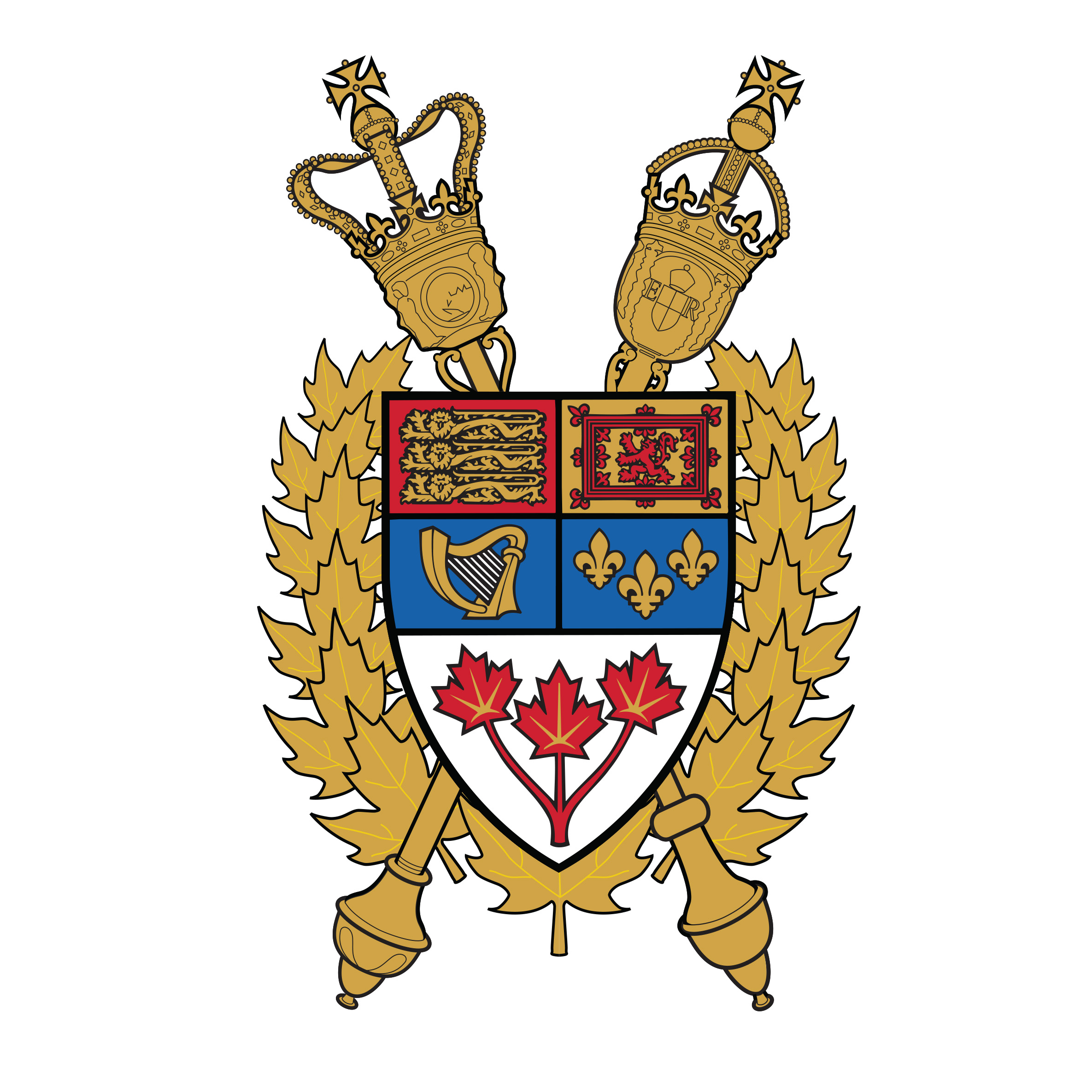Mission To protect Canada’s Parliament.
Our vision
To be a global leader in the provision of protective services.
Our services
We are committed to providing exceptional protective services to the Parliament of Canada. We aim to foster a culture founded on innovation, professionalism and operational excellence while respecting the privileges, immunities and powers of the Houses of Parliament and balancing the need for an open and accessible Parliament.
Our people
We value the experience, knowledge and commitment of our employees. To learn more, visit our Careers page.
Our partnerships
We are committed to working in collaboration and cooperation with our partners. For more information, visit our Partnerships section.
Our values
Respect, professionalism, accountability, integrity and leadership.

